Are you a fan of exploring architectural marvels when you travel? Then you mustn't miss out on the charm of colonial and neo-colonial structures. Symbolizing North America's colonial past, these buildings were born in the 19th and 20th centuries, borrowing ideas from Georgian and Spanish Colonials. While genuine colonial homes were constructed before the American Revolutionary War, colonial revivals and neo-colonial bungalows draw inspiration from colonial architecture, incorporating aspects from multiple eras or drawing inspiration from the past.
Historic Colonial and Neo-colonial Architecture
"Colonial architecture" refers to the design and construction practices introduced by colonizers. It encompasses English Georgian and Federal forms established on the East Coast, Dutch Colonial dwellings of German immigrants, and Spanish Colonial styles common in the south and southwestern US, Mexico, and South America.
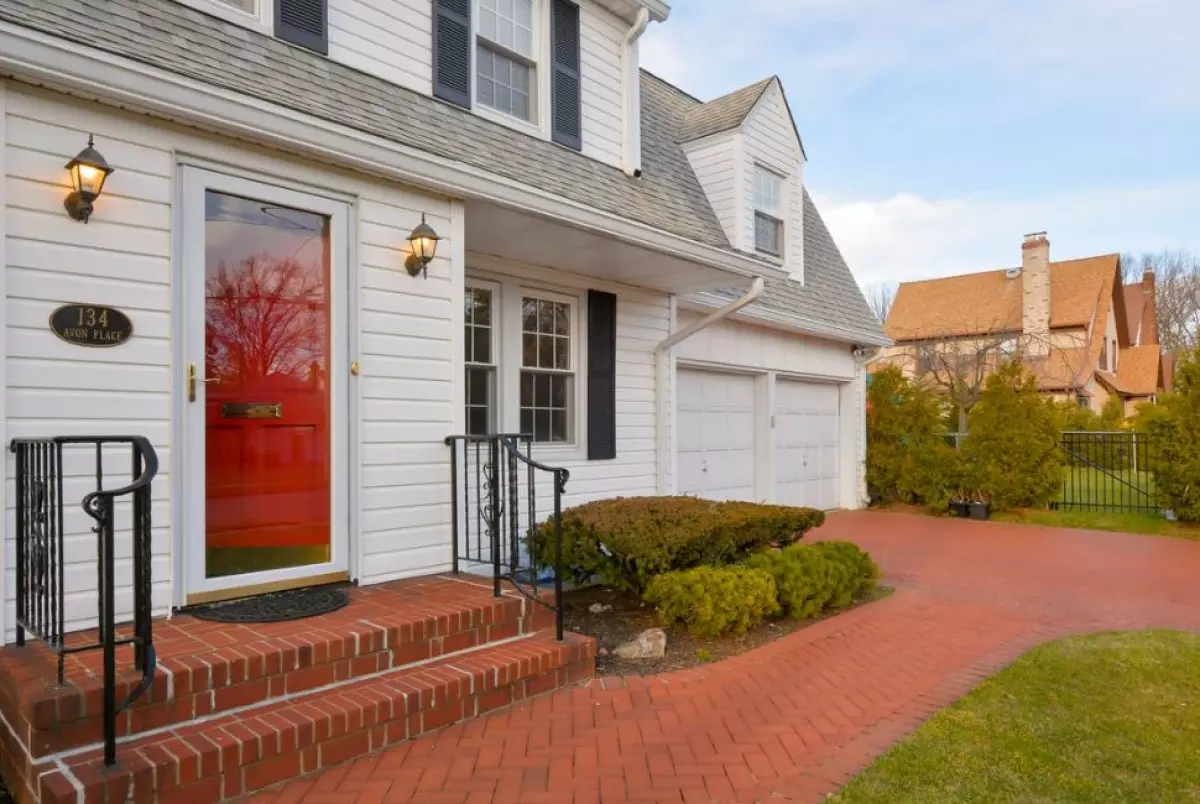 Caption: A picturesque colonial doorway
Caption: A picturesque colonial doorway
The Colonial Revival style brought symmetry, fanlights, pedimented doorways, porches, and dormers to more prominent buildings. In architecture, colonial means using a country's typical design traits abroad. European colonization spread continental architecture to the Americas, Asia, and other regions, often resulting in a fusion of traditional features and local culture to create a unique style mix.
In the late 1960s, neo-colonial variations with more fantastical elements started to gain popularity. These homes, referred to as neo-colonial, embraced a mix of old designs and contemporary building materials such as vinyl and imitated stone. Garages were incorporated into the design to accommodate modern Americans' preference for having their automobiles close at hand. While symmetry is often suggested in neo-colonial dwellings, it is never fully realized.
How to Recognize Colonial Designs
Colonial architecture has undergone a transformation to make it more contemporary while still paying homage to the region's colonial settlers. The first settlements in North America were built in classically European designs, reflecting the architecture of Spain, England, and other European regions. Over time, colonial houses became part of America's heritage and continue to be highly coveted by upper-class families.
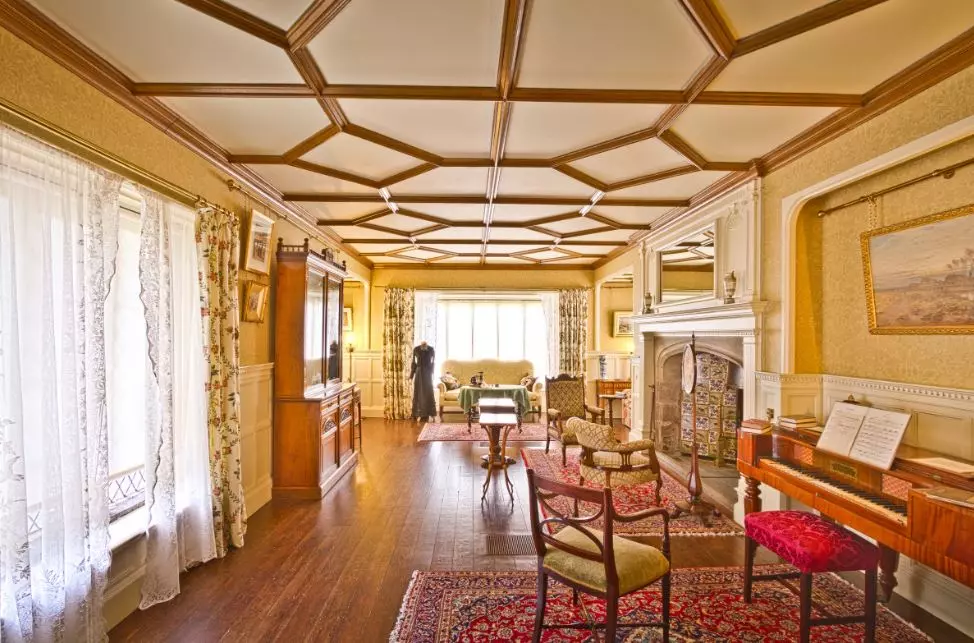 Caption: Step into the elegance of a colonial interior
Caption: Step into the elegance of a colonial interior
-
Interior Layout: Colonial interior design showcases the use of wood, a popular building material during that time. Authentic colonial houses feature gorgeous hardwood surfaces. They typically have at least two levels, one room on each floor, and a central stairway. The front entrance of a colonial home is usually centered on the front wall, opening up to the stairway. Colonial mansions often boast large entryways. Wood, stone, and brick are integral elements of colonial-style homes, both in terms of construction and aesthetics. Additionally, colonial interiors tend to have ample natural light, giving them a more spacious feel compared to contemporary designs.
-
Exterior Symmetry and Ornamentation: Colonial-style homes have a distinctive, recognizable look characterized by safe predictability. While not as extravagant as Gothic or Victorian homes, they emit a subtle beauty. Colonial exteriors feature symmetry, with essential gable roofs and a few perfectly aligned windows for a clean appearance. This simplicity reflects the settlers' practicality, deviating from the elaborate European designs. French Colonials showcase attractive exteriors adorned with regal embellishments like window cases, balconies, multileveled roofs, entry roofs with magnificent engravings, and balcony railings. On the other hand, British Colonials exhibit a lack of structural complexity and exterior design components.
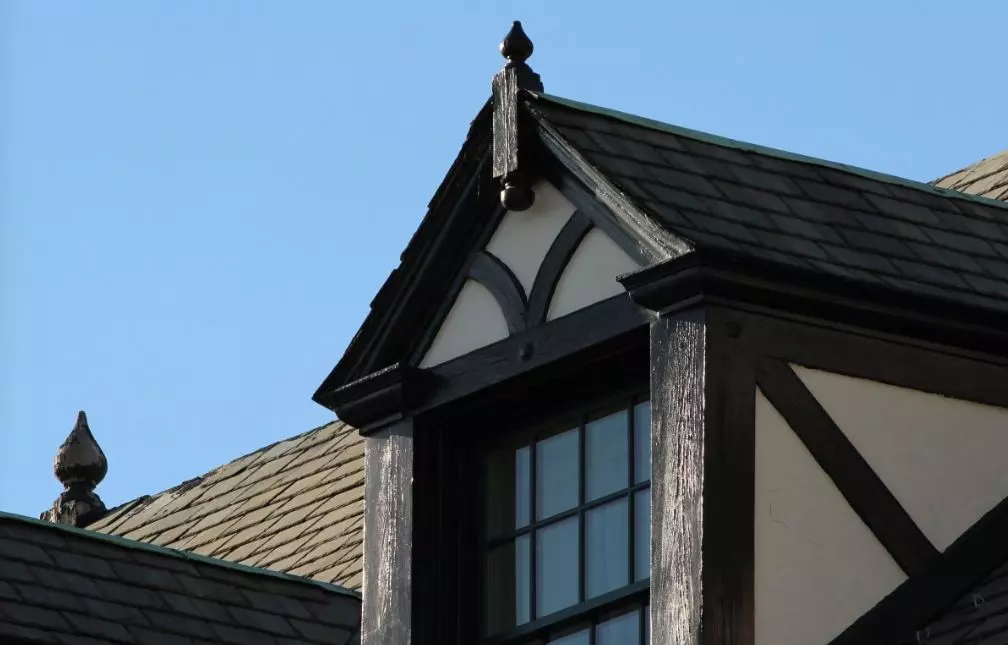 Caption: Admire the elegance of a colonial exterior
Caption: Admire the elegance of a colonial exterior
-
A Touch of Classical Revival: Colonial homes may be modest, but they can still exude magnificence. Many colonial houses incorporate classical revival elements, adding a touch of majesty to their design. Take the White House, for example, which combines colonial and classical revival styles. It boasts a modest exterior with a neutral color palette, reminiscent of colonial architecture. However, it also features massive columns, elegant window cases, luxurious upholsteries, and entry roofs. Windows in colonial houses are typically multi-paned, with equal-sized sashes that glide down from the top or vice versa.
-
Gabled Wall: The gabled wall is a design characteristic prevalent during the colonial period. Instead of the roof sagging over the wall, the siding of a colonial house rises to the peak where the two sides of the roof meet. This design prevents water from collecting on the roof and causing leaks.
 Caption: A colonial home with a distinctive gabled roof
Caption: A colonial home with a distinctive gabled roof
- Stately Chimneys: Highlighting the chimney and fireplace is an excellent way to embrace the authentic colonial style you desire. An "authentic Colonial-style" house would typically feature an immense chimney positioned either in the center or on one end, often accompanied by brick detailing and pillars.
Types of Colonial Houses
The enduring appeal of the colonial style as a building type is indisputable. From a professional architectural perspective, the colonial style encompasses everything that can be rationally inferred from the architecture of the United States before the Revolution. Here are some typical examples of colonial and neo-colonial houses and architecture:
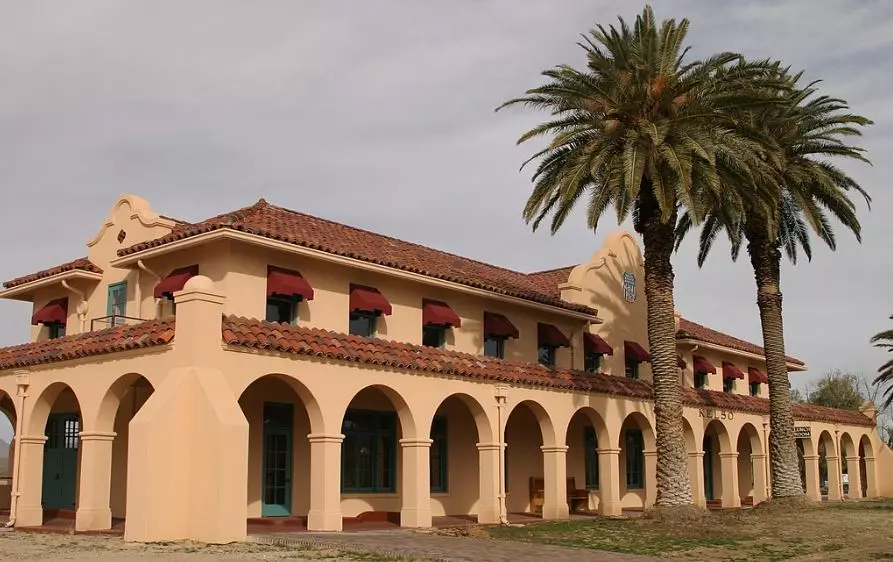 Caption: The elegance of a Georgian Colonial
Caption: The elegance of a Georgian Colonial
-
Georgian Colonial Revival House: Spanning from 1714 to 1830, the Georgian Colonial style emerged under the reign of four British monarchs. Georgian homes are characterized by proportionality and wings with lower-pitched roofs. Some Georgian mansions feature pillars reminiscent of ancient Greece and Rome. Most Georgian residences are made of brick or stone and painted red, tan, or white, often accompanied by chimneys to enhance symmetry. The typical Georgian Colonial Revival house can be traced back to the late 1800s.
-
Dutch Colonial Revival: These houses feature gambrel roofs, an element inherited from the original style. Other Georgian and Federal features, such as pilasters and window and door crowns, can also be found. Gambrel roofs are often accompanied by extended shed dormers.
-
Spanish Colonial: Spanish Colonial homes were designed by Mexican and Spanish architects. These stucco-clad structures resemble American ranch-style residences, characterized by one-story dwellings with small windows fastened with wrought iron instead of glass. Colonial windows were designed to stay open due to the heat, and red roof tiles and inner courtyards are common Spanish Colonial elements.
 Caption: A glimpse of the charm of Spanish Colonial architecture
Caption: A glimpse of the charm of Spanish Colonial architecture
-
French Colonial: Similar to colonial mansions, French-style residences exhibit symmetrical construction, usually in a square or rectangular shape. These houses typically have two levels, with the second story primarily serving as a residential quarter.
-
Colonial Revival: Early examples of Colonial Revival architecture can be found in neighborhoods built in the late 19th and early 20th centuries. Colonial mansions created during this period combined various styles, with Georgian influences being predominant. The design of Colonial Revival homes was often inspired by the Industrial Revolution, resulting in handmade and beautiful ceiling molding. Multi-paned bay windows and shutters are common features of Colonial Revival architecture.
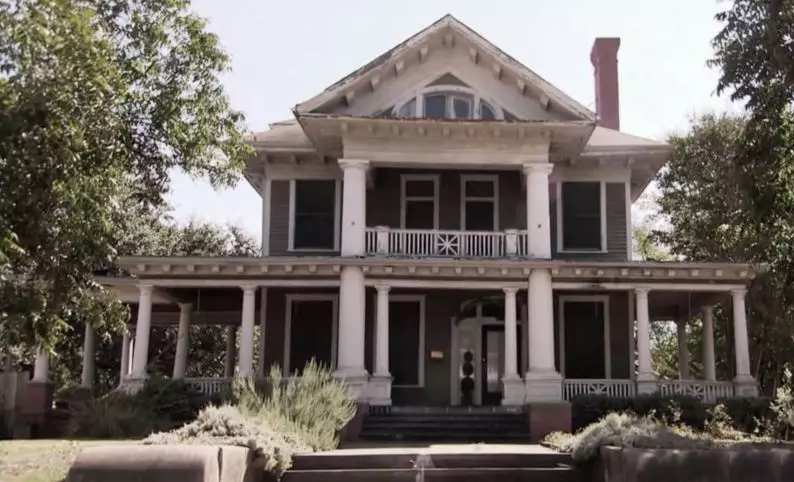 Caption: Immerse yourself in the allure of Colonial Revival architecture
Caption: Immerse yourself in the allure of Colonial Revival architecture
Colonial architecture has evolved over time to suit the needs of the 21st century while preserving elements of traditional colonial design. Each region in North America has its own distinct style, stemming from European influences. From New England to Spanish to German to Dutch to French to Georgian, the variety of colonial architecture reflects the diverse heritage of the country. So, keep your eyes open for these beautiful architectural gems as you explore the world!









